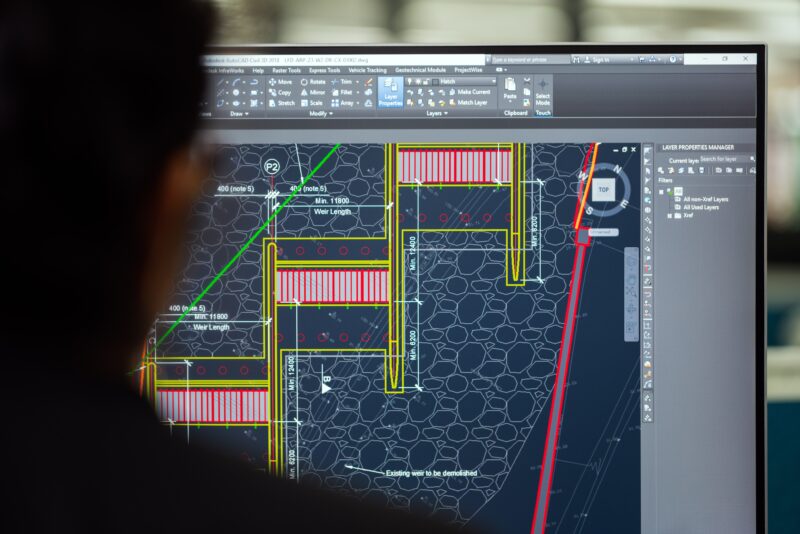In the realm of engineering, a profound shift is taking place, and it’s one that has significant implications for Africa, a continent marked by rich diversity, unique challenges, and untapped potential. The shift we’re discussing is the growing recognition of the importance of human-centered design (HCD) in engineering projects. In this blog post, we will explore the significance of HCD in the context of Africa and how it can lead to innovative solutions that truly meet the needs of its people.
Understanding Human-Centered Design
Human-centered design, at its core, prioritizes the end-users of a product or system. It involves empathizing with users, defining their needs, ideating solutions, prototyping, and testing those solutions rigorously. This iterative process ensures that what is being designed is not just functional but also user-friendly, culturally appropriate, and sustainable.
The African Perspective
Africa is a continent of contrasts, with diverse cultures, languages, climates, and economic situations. The challenges faced by African communities are multifaceted, ranging from access to clean water and healthcare to transportation and education, but most importantly, different ways of life, geographic locations and cultural differences . It’s vital to recognize that a one-size-fits-all approach won’t work in Africa due to this diversity.
The Importance of Cultural Sensitivity
One of the key aspects of HCD is cultural sensitivity. Engineers and designers must take into account the cultural context of the communities they’re serving. This means understanding local customs, traditions, and preferences. For instance, a water purification system designed for a rural African village must align with their cultural practices and values to be sustainable and accepted.
Customized Solutions for Local Challenges
Africa presents engineers with unique challenges, such as extreme weather conditions, unreliable infrastructure, and limited access to resources. Human-centered design allows for the development of customized solutions that are tailored to these specific challenges. For instance, engineers can design solar-powered solutions for off-grid communities or develop low-cost medical devices suitable for remote healthcare clinics.
Empowering Local Communities
Human-centered design doesn’t just involve designing for people; it involves designing with people. In Africa, this approach can empower local communities by involving them in the design and decision-making process. This not only leads to more relevant solutions but also fosters a sense of ownership and sustainability.
Success Stories in African HCD
There are already inspiring success stories across Africa where HCD principles have been applied effectively. From affordable and efficient cookstoves to mobile banking solutions, these examples showcase the transformative power of putting people at the center of engineering projects.
Conclusion
Engineering for Africa is a complex and dynamic endeavor that requires a deep understanding of the diverse needs and contexts of the continent’s inhabitants. Human-centered design is not just a buzzword; it’s a fundamental shift in how engineers approach their work. By prioritizing the human factor, African engineers and designers have the opportunity to create innovative, sustainable, and culturally relevant solutions that can drive positive change across the continent. Africa’s challenges are vast, but with human-centered design, they can also be opportunities for growth and progress.






